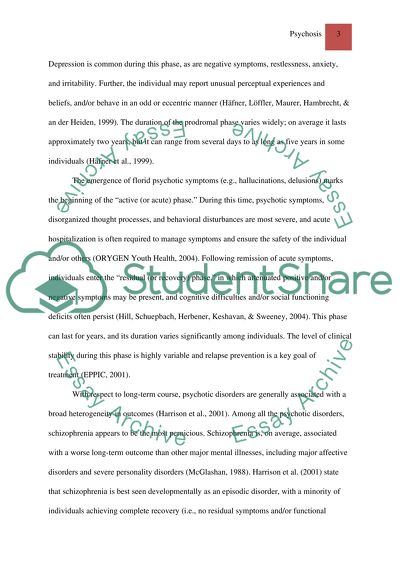Cite this document
(“Psychosis Essay Example | Topics and Well Written Essays - 3000 words”, n.d.)
Psychosis Essay Example | Topics and Well Written Essays - 3000 words. Retrieved from https://studentshare.org/psychology/1533016-psychosis
Psychosis Essay Example | Topics and Well Written Essays - 3000 words. Retrieved from https://studentshare.org/psychology/1533016-psychosis
(Psychosis Essay Example | Topics and Well Written Essays - 3000 Words)
Psychosis Essay Example | Topics and Well Written Essays - 3000 Words. https://studentshare.org/psychology/1533016-psychosis.
Psychosis Essay Example | Topics and Well Written Essays - 3000 Words. https://studentshare.org/psychology/1533016-psychosis.
“Psychosis Essay Example | Topics and Well Written Essays - 3000 Words”, n.d. https://studentshare.org/psychology/1533016-psychosis.


